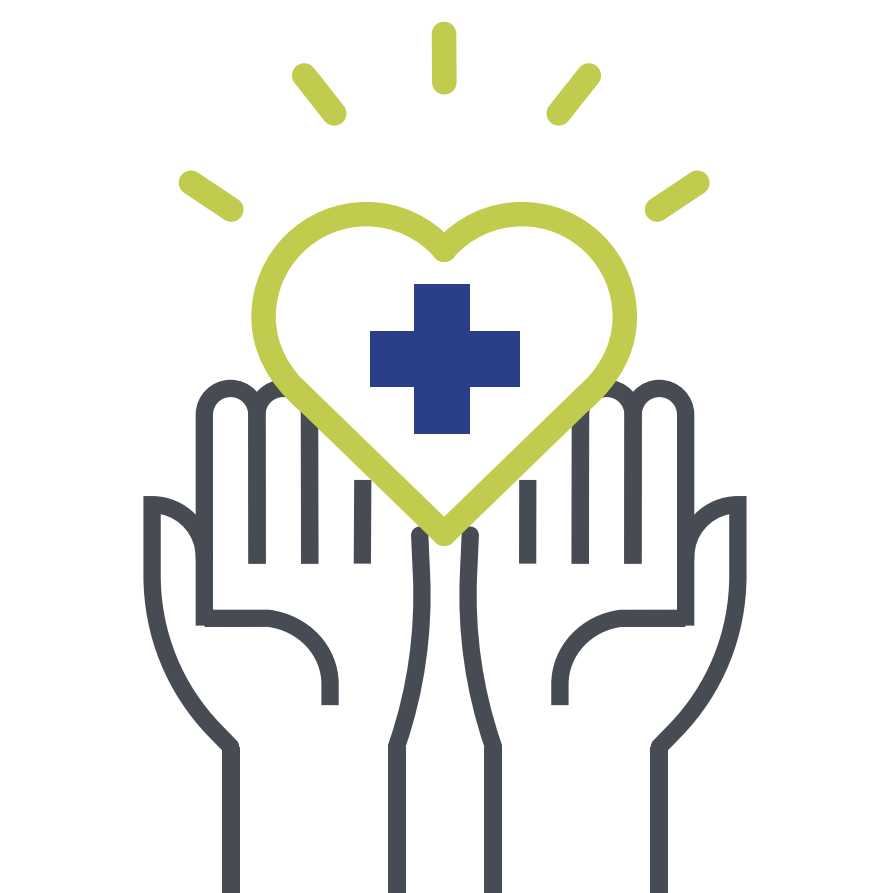Partnership Overview
This non-profit faith-affiliated system of hospitals has 18 facilities with over 6,000 physicians throughout Colorado and Kansas. SCP Health (SCP) is currently contracted with this client to perform professional coding, billing, and collections for over 200 Hospital Medicine (HM) physicians. Additionally, SCP has an agreement for management services for recruiting, staffing, and scheduling. Through SCP’s partnership in RCS management, the system has seen improvements in pre-bill days, clean claim rate, chart documentation, collection per encounter and average RVU.
The Challenge
The client’s corporate compliance team found discrepancies in coding variances and the client began looking for a partner to help build a stronger chart management process with engagement from providers in chart completion and documentation. They also discovered missed billing opportunities for hospitalist patients and services due to lack of oversight on provider charge entry and lack of reconciliation of charge entry to patient census.








